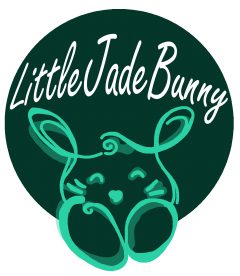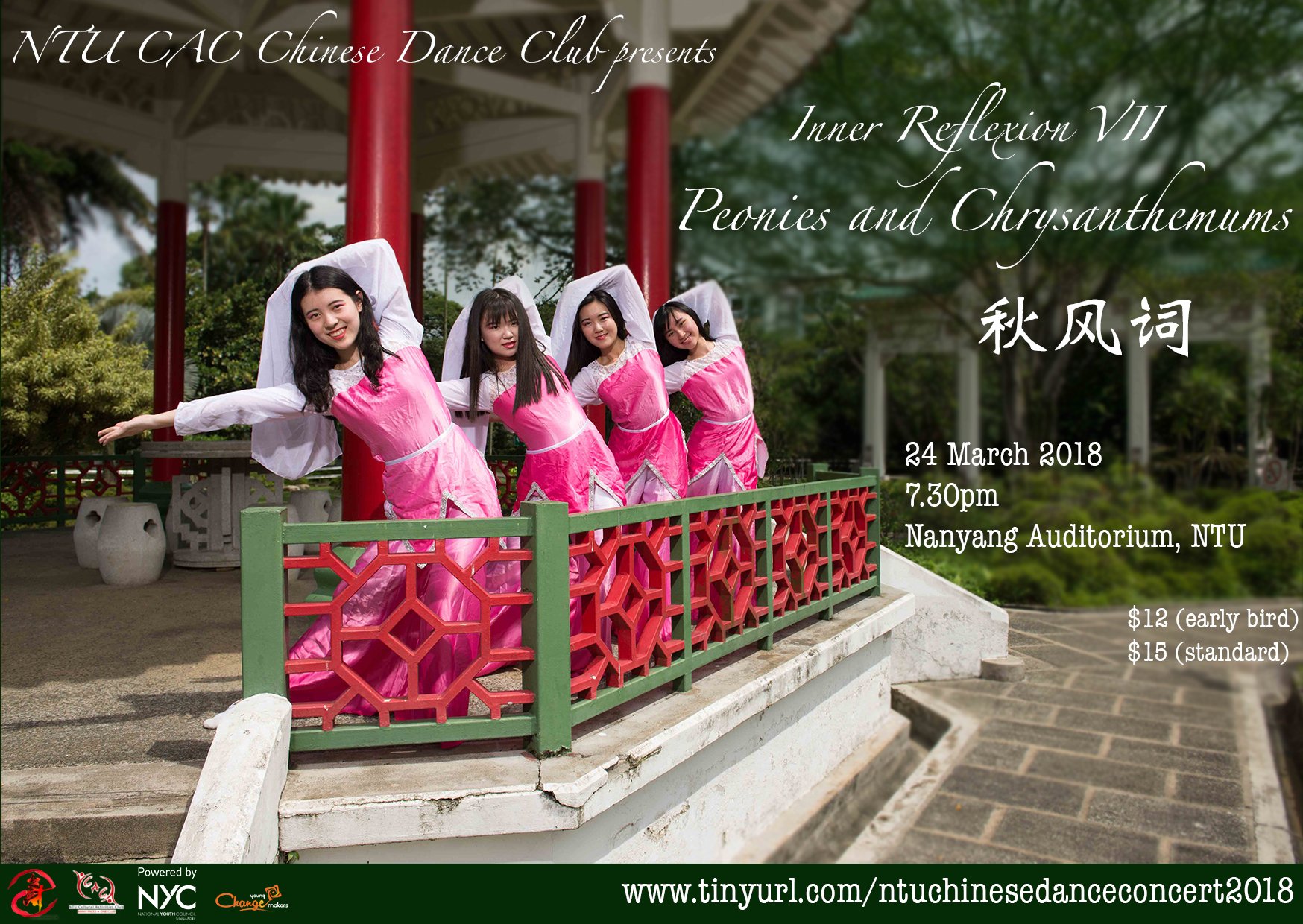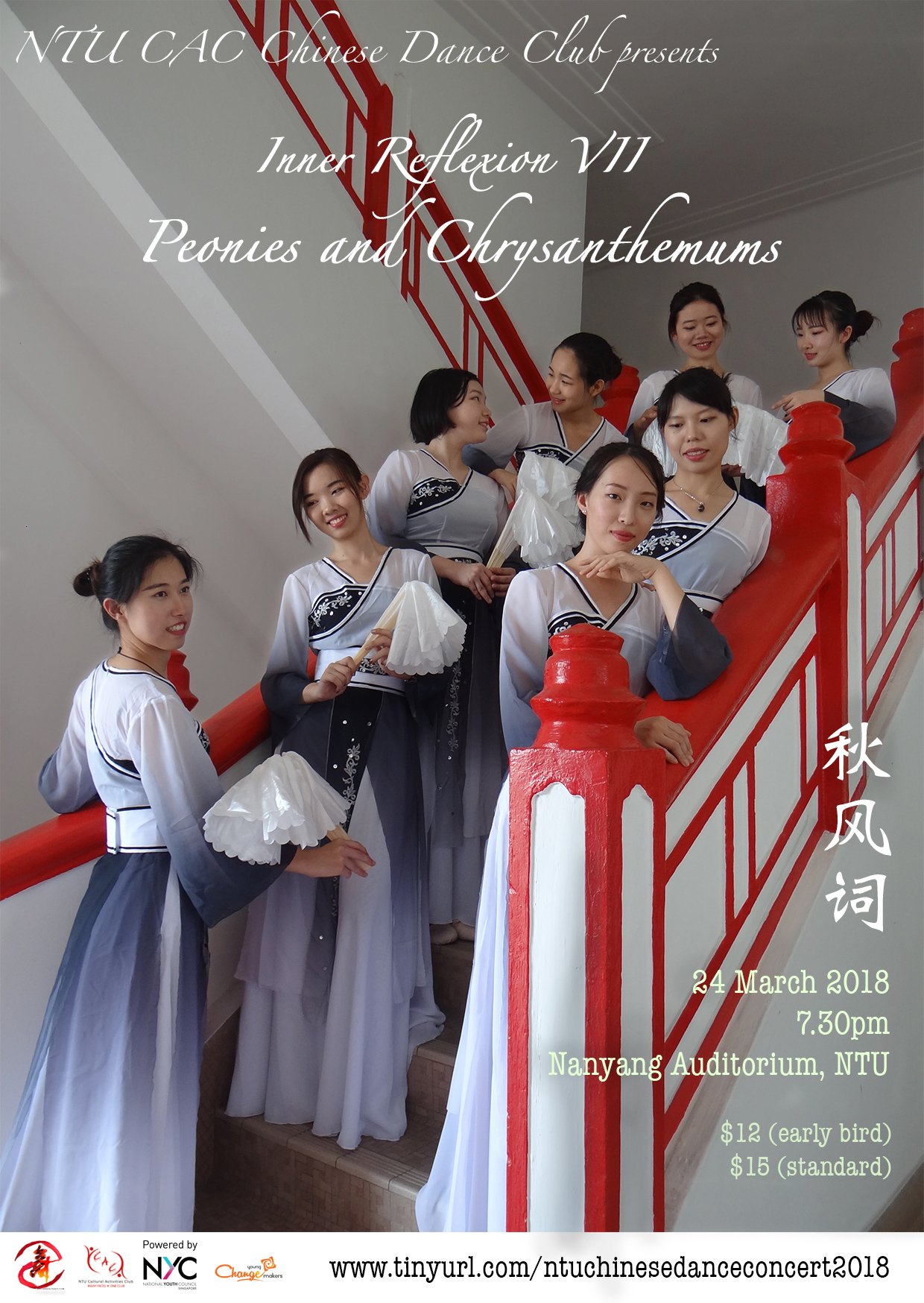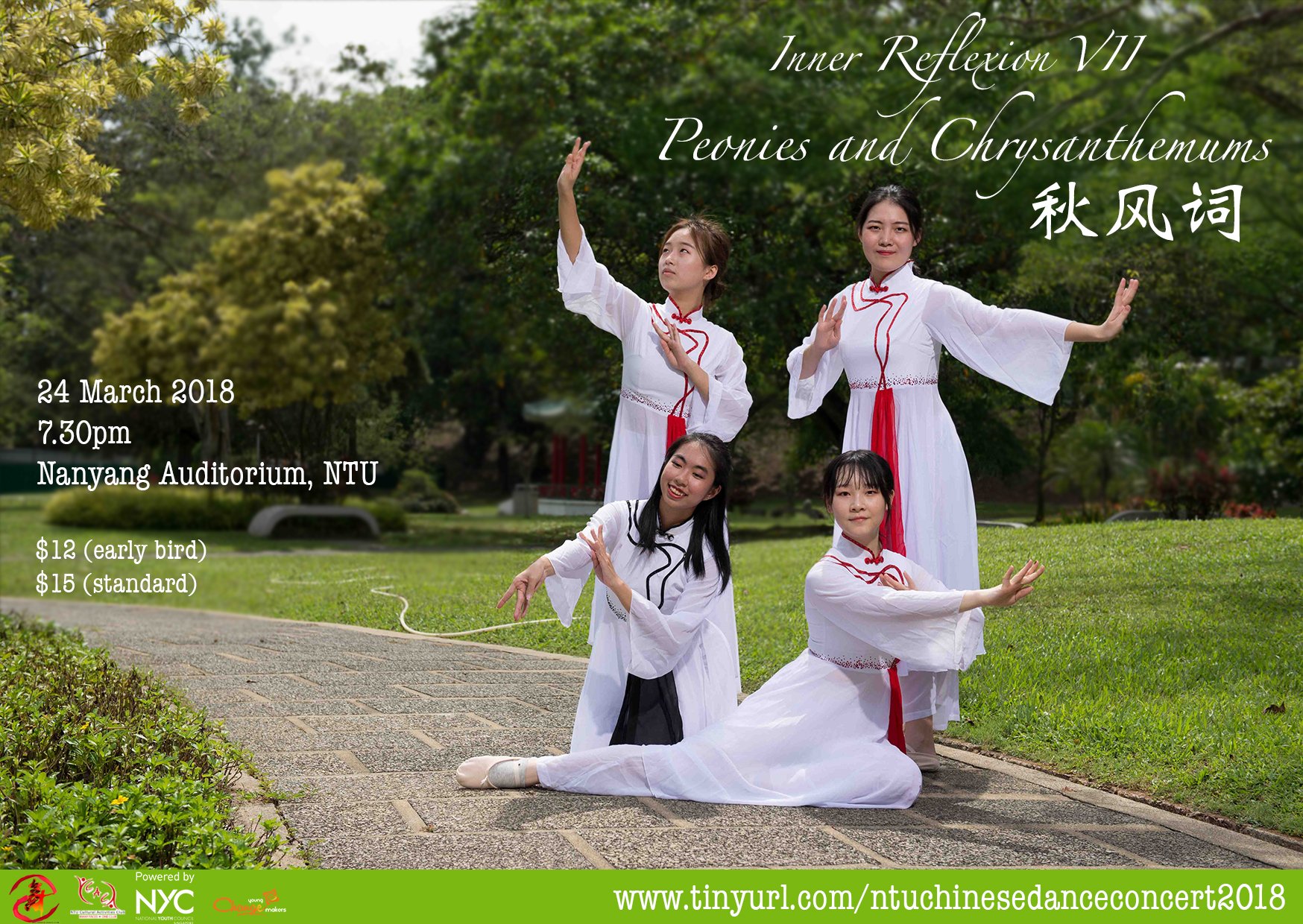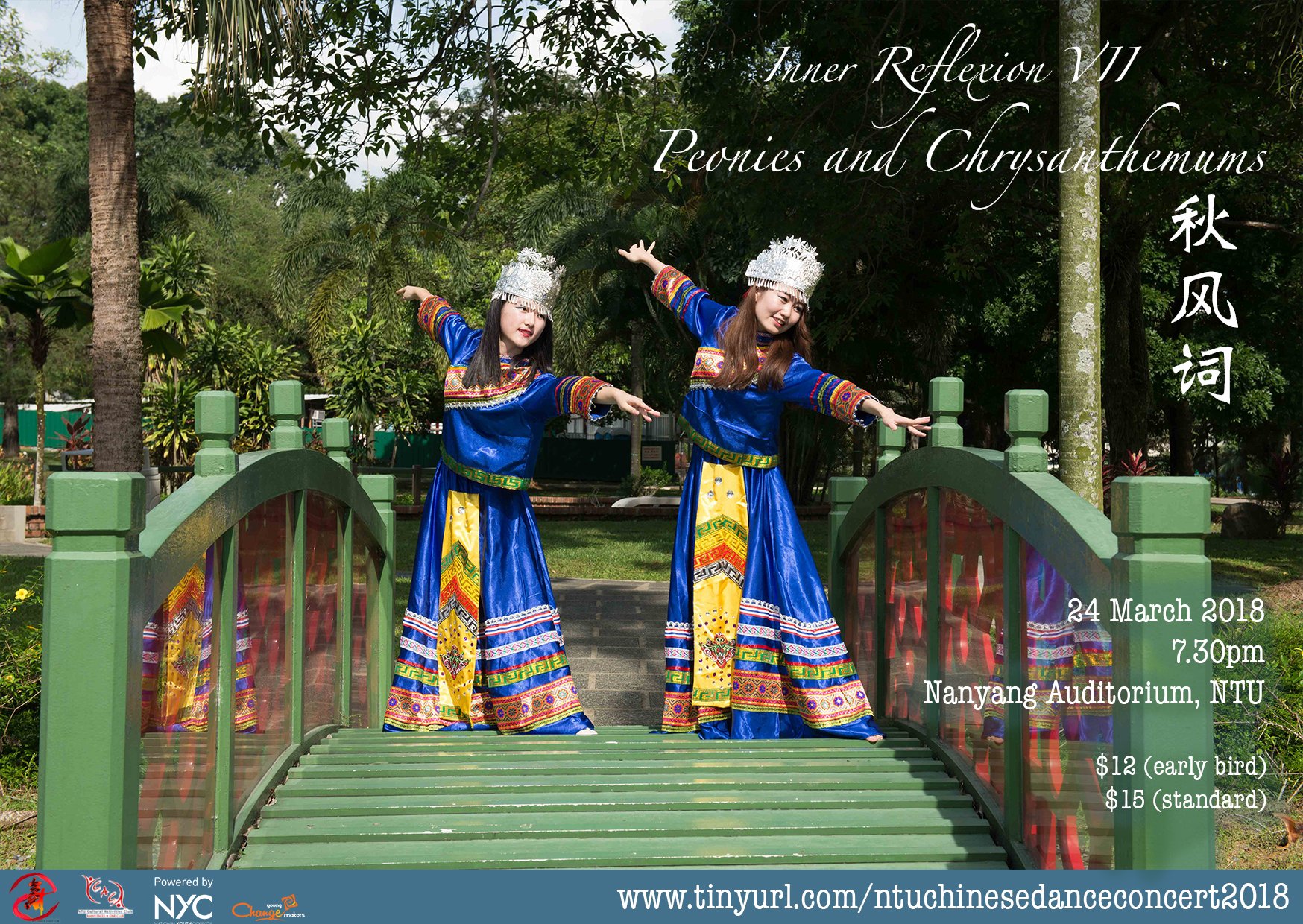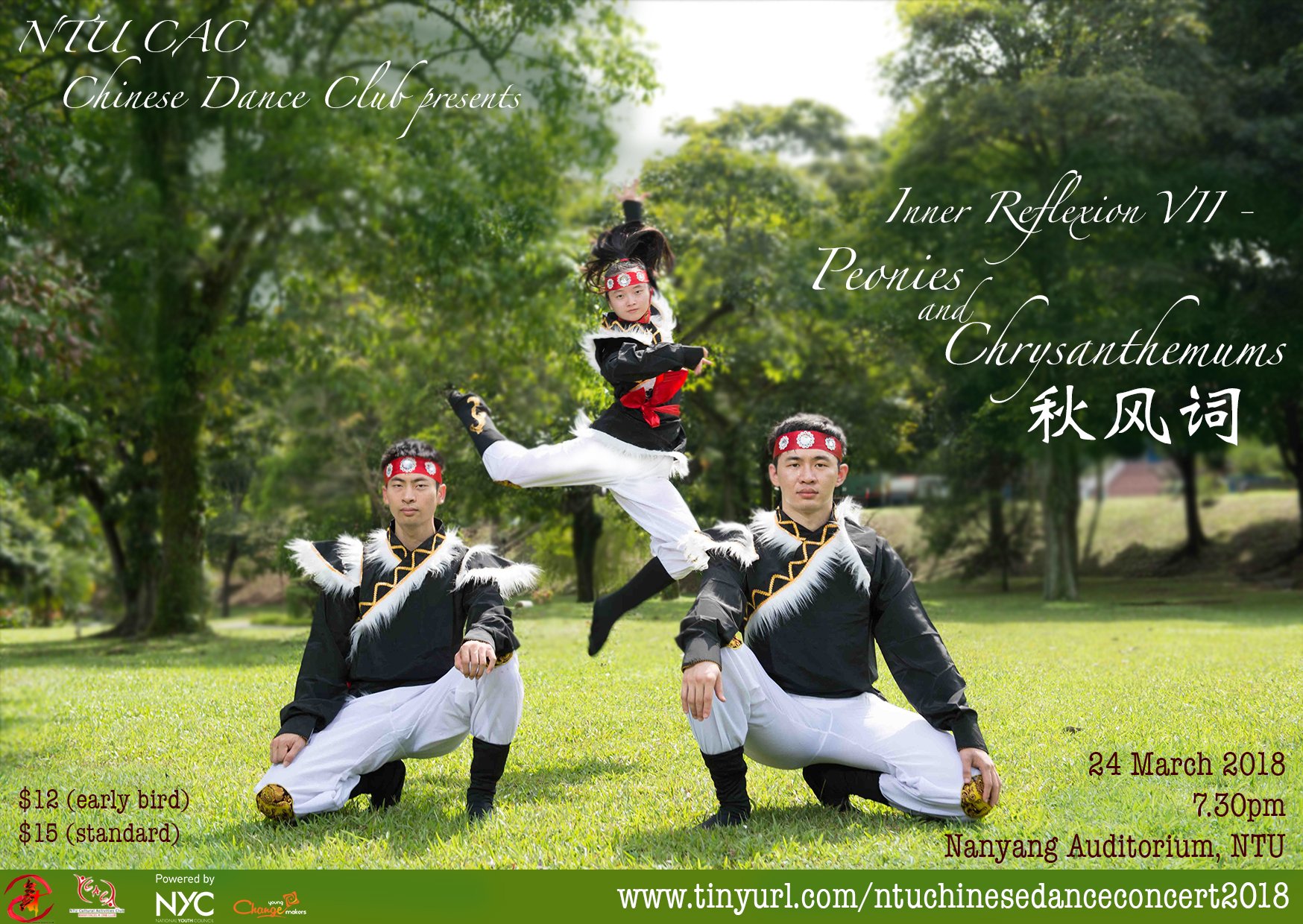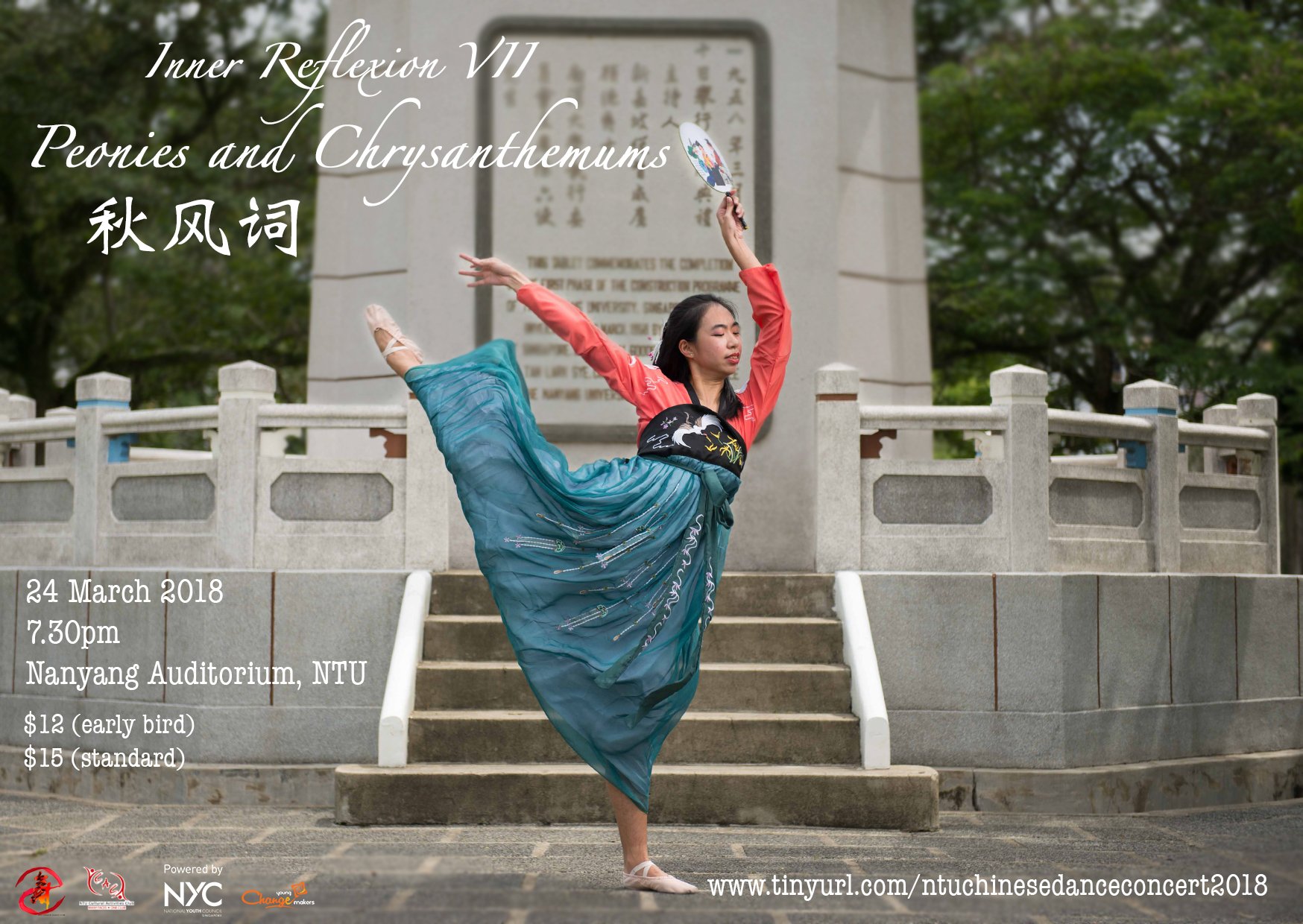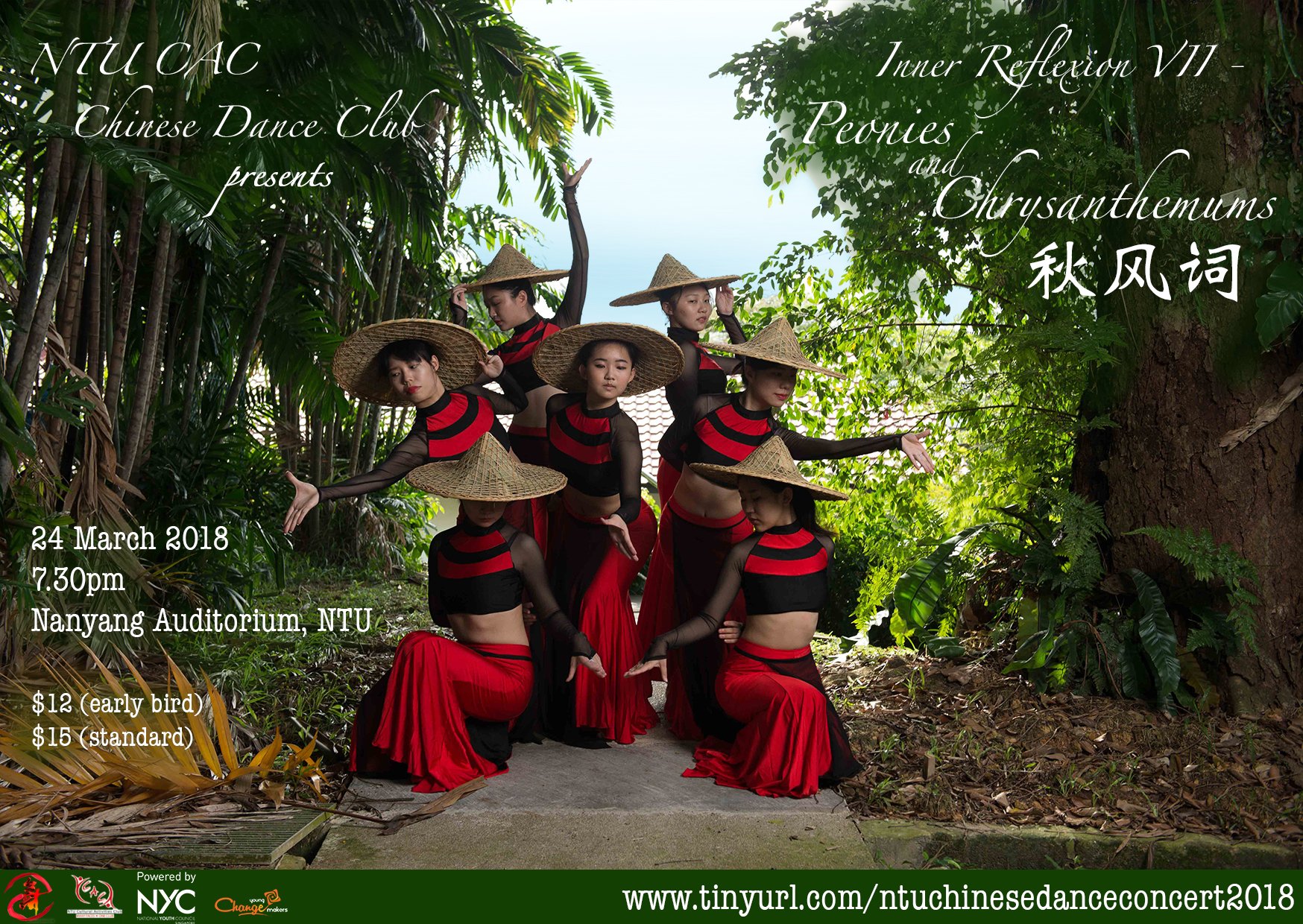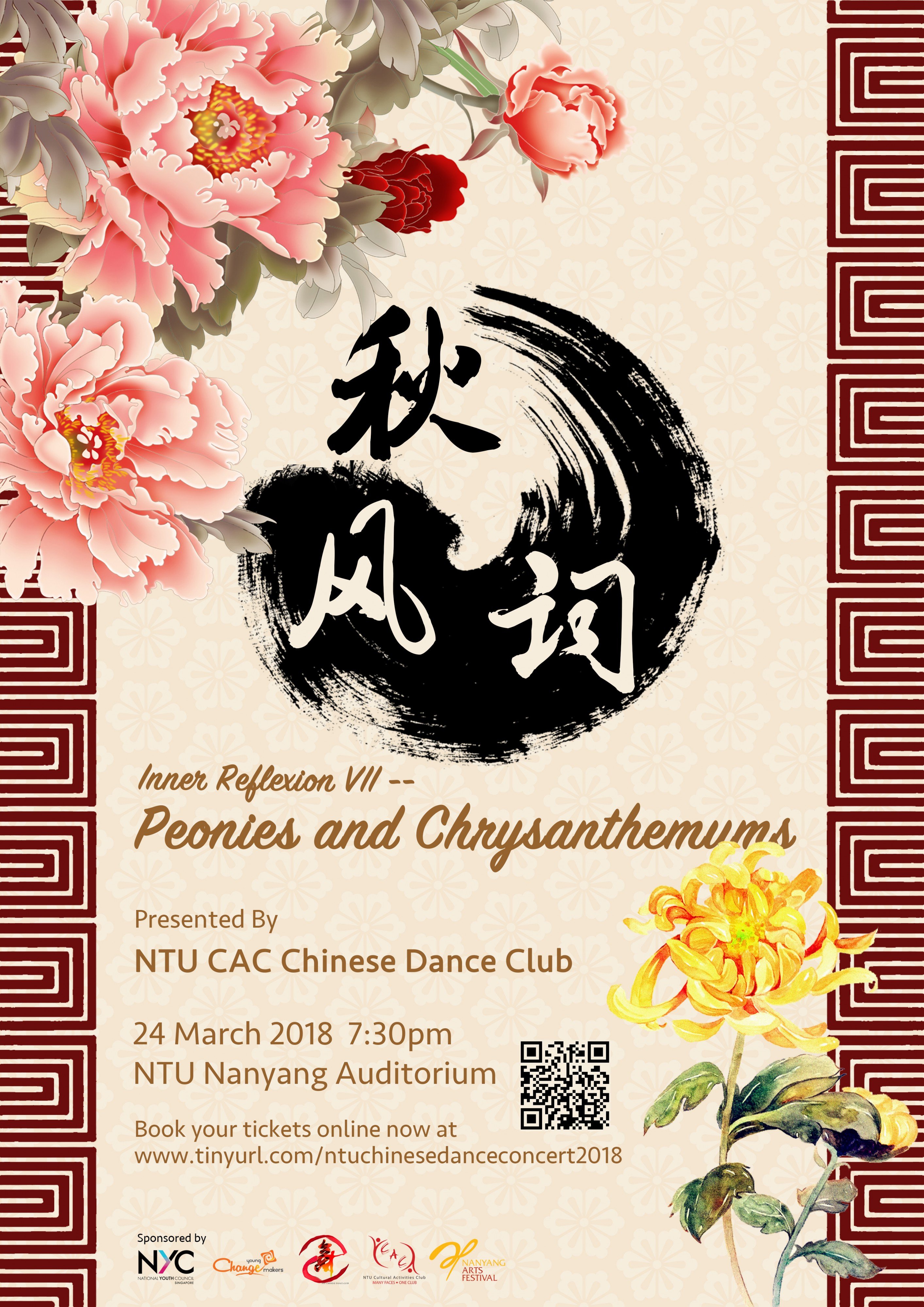
Good afternoon everyone. I’m Teng Yu Qing and today, I’ll be presenting on my FYP pitch titled Tanah/谢恩.

Tanah means earth/ground in Bahasa Melayu and Xie En roughly translates to thankfulness or gratefulness. Even though both terms are different, I feel that they aptly describe the underlying messages and themes found in the work.

So what is the overarching idea governing the work? I aim to explore the idea of self, my roots and culture, the place I call home – Singapore and the relationships. This relationship here does not refer to amongst humans but rather the connection and affinity with the world and environment around me.

Therefore, I intend to do a performative installation where I will be performing myself.
I would require a room space of perhaps 5m x 5m. There will be approximately 6 floor fans placed on the floor in a circle. They will be facing inwards at a central point upwards at an angle.
During the stipulated performance time, I will wear a garment that has been dyed using plants found in Singapore from 1819 onwards. The exact plants and how the garment will look like are yet to be determined. The different fans will be programmed to turn on and off at predetermined intervals to cause changes in wind directions within the circle. I will be holding onto this large long piece of fabric and dancing. The choreography will pay homage to my background in Chinese Dance, particularly ethnic minority tribes since they deal a lot with the themes of mother earth and thanking her, as well as a contemporary twist to it. The fabric will be thrown around in the wind and move where the wind takes it. There will be an indirect relationship between me and the wind where the wind pulled cloth will sometimes lead me, and at other time me rejecting it by holding it or pulling it. The choreography will have to adapt on the spot since wind is never really twice the same. I aim to have contrasts between the unpredictability of wind, stillness of no wind and going back and forth between the two.

During the last presentation, the question of what happens to the work and how is it presented when I’m not there performing was brought up. I thought hard about it and I felt that it would be nice to leave the garment on the floor. The garment would then incite this idea of void, a void of a person. Yet when placed on the floor, it is now literally the floor surface. Which ties back to the idea that we are all “products” of the earth. There would be a video recording of the performance played on loop to show the audience. However, I do feel that I have to give more thought to this.
So how did I come to this final idea?

There are 3 underlying themes in the final work. Namely, transience, narratives through movement and celebrating and giving thanks to the land we live on.

I have this fascination with wind. The idea of how it is constantly moving, constantly changing.
This sentiment is very aptly worded by Elliot Woods during his presentation at Urban Media Art Academy. “Wind is a chaotic element. Never reproduceable element. You can never put it back together again.”
Furthermore, I feel that the theme of transience ties well with the idea of our existence on earth as being impermanent as well as the environment that we take for granted. We should be more mindful of our actions and how it affects ourselves and the world around us. I will elaborate more on this point later under the third theme.

There have been artists producing similar looking works whereby a fabric continuously flies in and out of a vortex of air created by fans, becoming a dance in its own right. This is the Magic Carpet by Daniel Wurtzel. This was kindly introduced to me by Viena. Wurtzel’s works throughout his career all revolve around a material, often a large piece of fabric being tossed around in the wind blown from fans.

Another similar work would be Double O by Zilvinas Kempinas, which Clarita brought to my attention. Here, unwound magnetic tapes floats in the centre of two standing fans. His other artworks work in a similar manner, although he has another series of works dealing with artificial light rays.
I am unable to find out about the artists’ concept or what their wind powered works mean and represent. Nonetheless, there are similarities. In both works, there is the lack of an actual human bodily presence. My work is different since the bodily subject matter is important as an aspect of the work. Our underlying commentary and themes are different too. Regardless, I can study the artists’ series of work to understand better how wind affects the work and the science behind it.

I am also very interested in exploring movements, the way our body moves to create and convey stories. The body becomes the vessel. I aim to do this through dance as a medium. Dance has existed from the dawn of time and is used as a means to convey stories and everyday customs when literacy was low. Dance involves the body actively in the process.

I feel that the following quotes from Dior’s Instagram regarding their Spring – Summer 2019 campaign embodies it perfectly. Dior even incorporated dancers dancing alongside the models strutting down the catwalk as an additional layer of storytelling of the message and concept behind the particular collection.

After some reflection, I realized that this theme of gratitude or 饮水思源 in Chinese has always been something I’ve been interested in but was largely dormant. The theme became more prevalent after my exchange in Sydney whereby I was surrounded by indigenous people’s emphasis on giving thanks to the land they occupy that provides, as well as being proud of and celebrating their heritage.
I feel that this should happen more in the Singaporean context. Singapore is too “fast”. We are constantly looking forward but we don’t take the time to look back. This results in the erosion of Singapore history. I am interested in the nature part of this history in particular. So how do we reconnect with the land in a renewed allure? My answer to this is to reimagine our nature visually by obtaining dye colours from plants residing in Singapore since 1819. I acknowledge that Singapore’s history dates even further back before Raffles came. However, for the purpose of this FYP, I’m using the year that Raffles arrived on our shores as a marker to work from. From here, I would make a garment dyed from Singapore plants to be worn for the performance. It is as if wearing and baring my culture for all to see in a proud manner. It’s a celebration of who I am as an individual and the forces that have moulded me.

Ley Lines is an exhibition done by Australian artist Kate Scardified. What’s interesting about this work is that it does not solely focus on Australia but rather navigating between shared history of Australia and Scotland. The exhibition has textiles that reference and speak to some of the trade union banners and signal flags in the collections in Scotland. Colours have been extracted from the native Australian plant material. It explores the ideas around conservation and repair, how we preserve and protect historical objects and the care that’s afforded to them in the collection context. My mode of presentation would be different from hers since the core story being explored is different. However, I can definitely learn from her process of research leading to actual materiality, as well as her dyeing methods.

Which leads us to the by-product of my FYP. It will be a dyed fabric samples catalogue. This was suggested by prof Galina when I consulted her about my FYP idea. Due to the intensive and laborious research and testing going into finding out what colours different plants in Singapore can produce for dyeing, it should be put together as an easy and comprehensive data source for future reference. It would look something like this.

I created a simple Instagram poll to get an idea of what my peers know about using plants found in Singapore to dye fabrics. Two-thirds of respondents said no. Therefore, I feel that there should be a greater awareness of plants in Singapore that can be used to dye.

I decided to try using dye fabrics using onion skins. I boiled the skins for about one and a half hour. Then I soaked the fabrics overnight. I didn’t use any mordant, which is a kind of chemical that is used to help natural dyes adhere to fabric since I want it to be as natural, eco-friendly and sustainable as possible. These are my results…

 Not mentioned in my presentation, but another reason why it is important in my opinion for me (and by extension for the world) that there is a greater awareness and use of natural dye is because our current dyes are chemical based. They are harmful to us and our health. From my research, the colour green has historically (17th century Victorian era till even 1950s) been very toxic since it is produced using arsenic. Modern day colours are much better but they are often made using formaldehyde – which is very toxic. Today’s yellow, despite a happy colour is one of the more toxic colours. Even washing materials will leak the chemicals into water and contaminate our food.
Not mentioned in my presentation, but another reason why it is important in my opinion for me (and by extension for the world) that there is a greater awareness and use of natural dye is because our current dyes are chemical based. They are harmful to us and our health. From my research, the colour green has historically (17th century Victorian era till even 1950s) been very toxic since it is produced using arsenic. Modern day colours are much better but they are often made using formaldehyde – which is very toxic. Today’s yellow, despite a happy colour is one of the more toxic colours. Even washing materials will leak the chemicals into water and contaminate our food.
